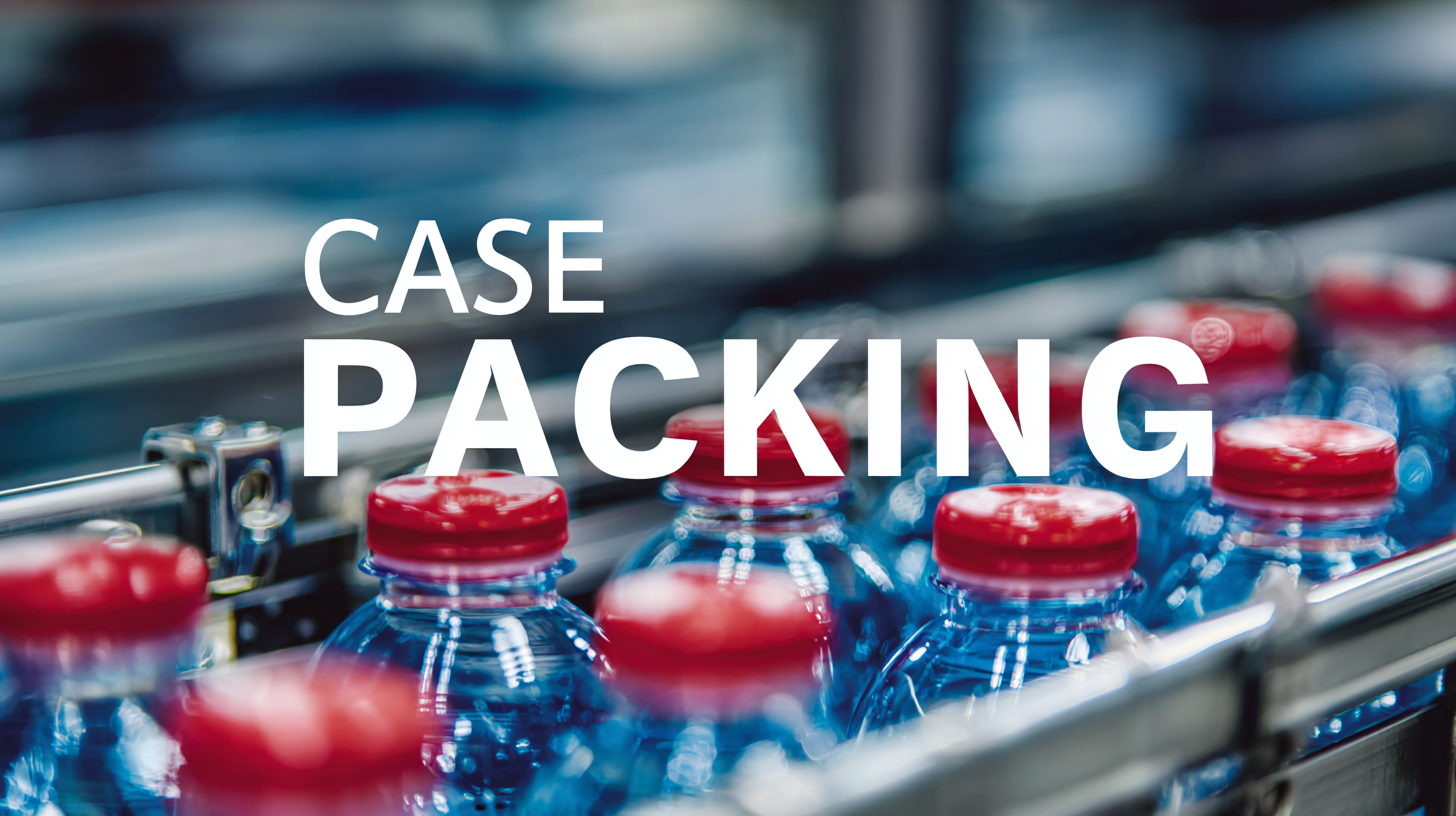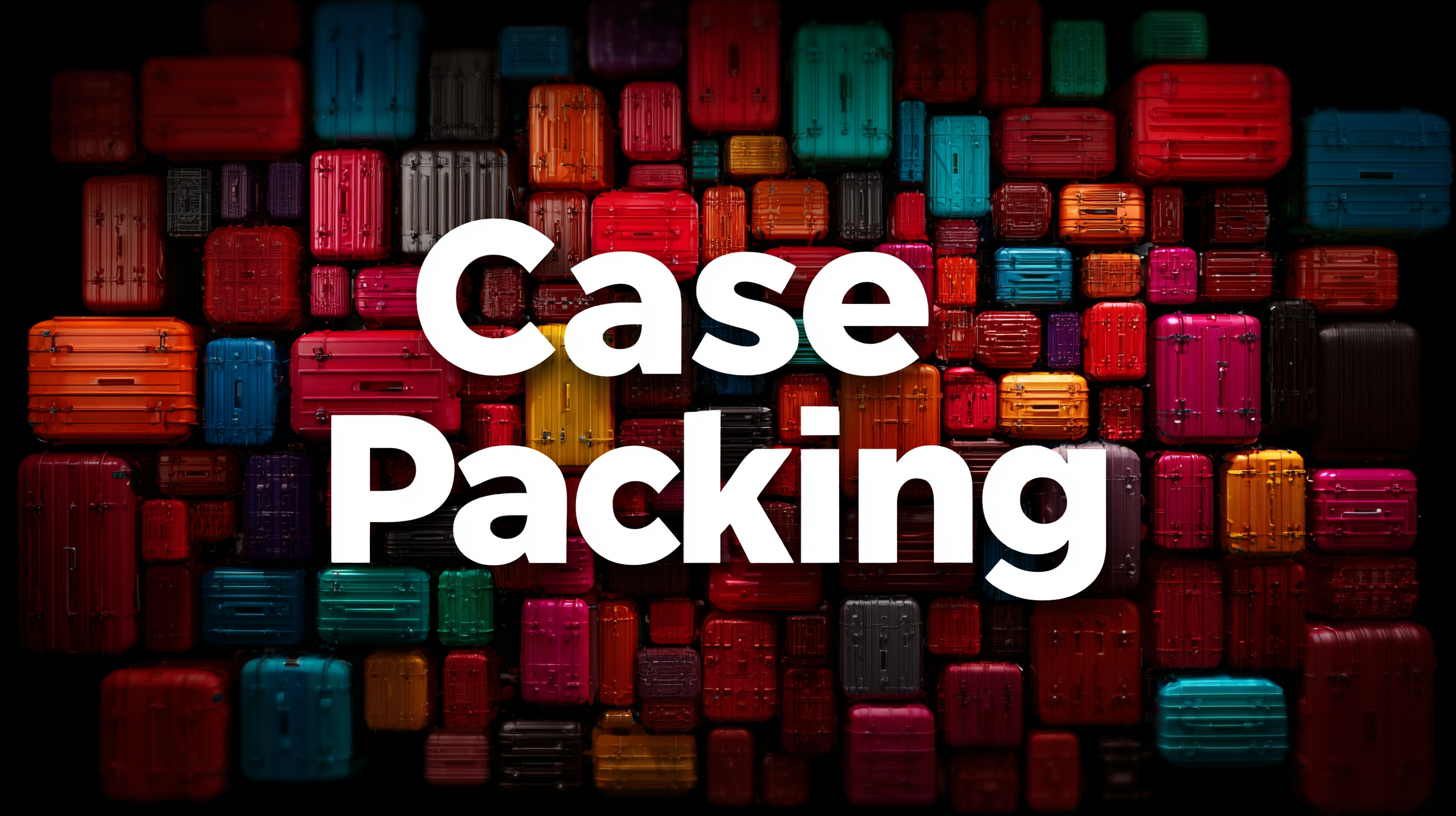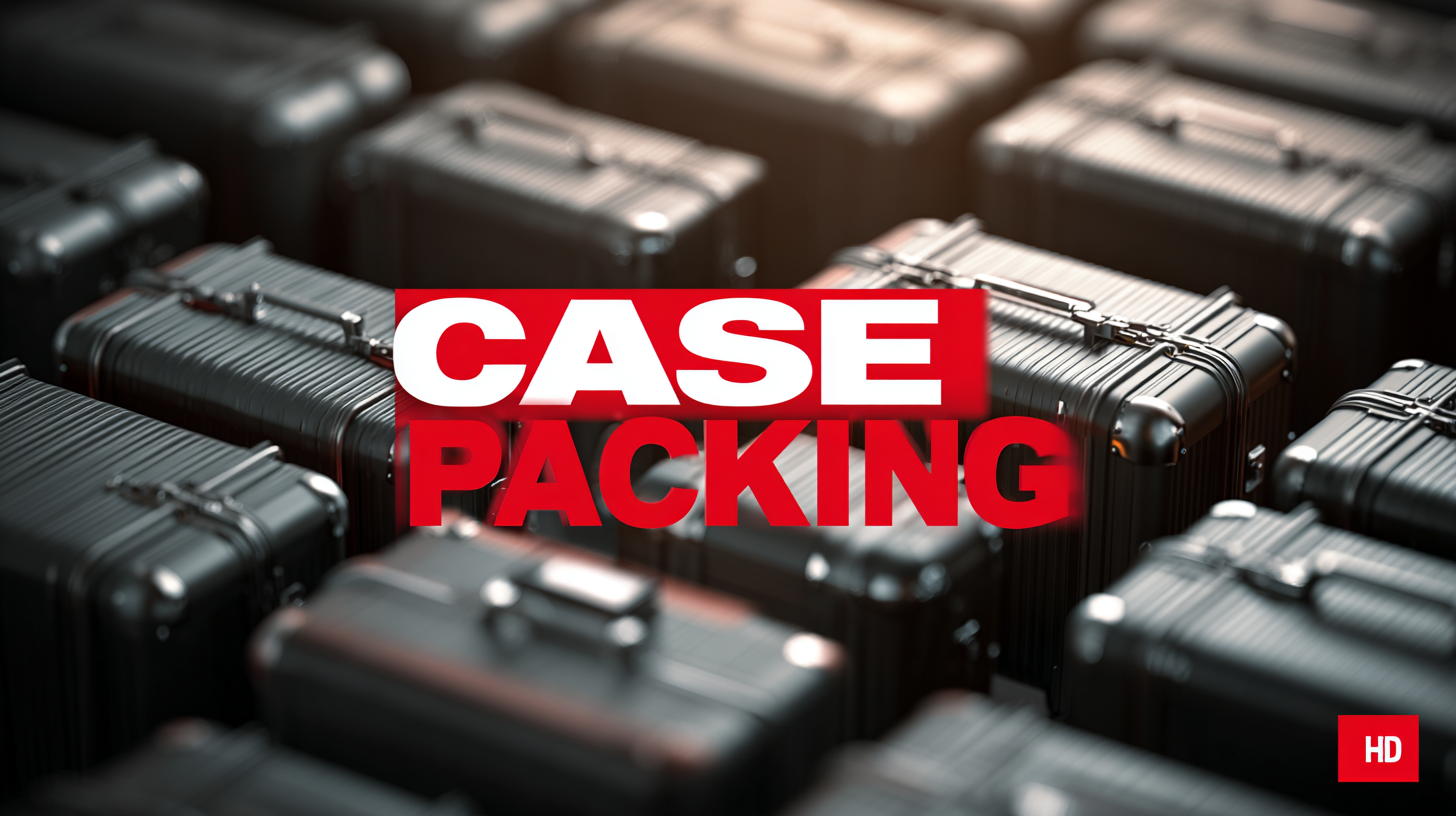ProMach is your partner from start to finish. Our product brands are grouped into distinct business lines that make the most sense to our customers, covering every function of the production line: Filling, Bottling & Capping, Decorative Labeling, Flexibles & Trays, Pharma, Handling & Sterilizing, Labeling & Coding, Robotics & End of Line, and Systems & Integration.
learn moreExploring Innovative Examples of the Best Case Packing Techniques for Enhanced Efficiency
In today's fast-paced manufacturing and distribution landscape, the importance of efficient case packing cannot be overstated. Case packing refers to the process of filling shipping cartons with products in a systematic and effective manner, ultimately optimizing space, reducing waste, and enhancing overall productivity. As businesses seek to streamline their operations, innovative case packing techniques have emerged as pivotal solutions to meet these demands. This blog will delve into some of the most creative and effective case packing examples that not only improve packing efficiency but also contribute to cost savings and sustainability.

By exploring these techniques, readers will gain valuable insights into how they can revolutionize their own packing processes and drive operational excellence in their supply chains.
Innovative Case Packing Techniques: A Look at Industry 2025 Trends
As the packaging industry strides toward 2025, innovative case packing techniques are becoming pivotal for enhancing efficiency and sustainability. The integration of advanced technologies such as artificial intelligence, the Internet of Things (IoT), blockchain, and robotics is revolutionizing how products are packaged, tracked, and delivered. AI-driven systems optimize packing layouts and streamline workflows, while IoT devices provide real-time monitoring of pack lines, ensuring seamless operations. Blockchain enhances transparency in supply chains, fostering trust and traceability, which is increasingly demanded by consumers.
Flexible packaging, a prominent trend within this evolution, stands out for its lightweight and efficient design. It offers practical solutions by combining the benefits of plastic, paper, and aluminum, making it versatile for a variety of products. However, the journey toward sustainability remains challenging as recyclability concerns pervade discussions among environmentalists. To address these issues, the industry is actively exploring materials and technologies that not only improve functionality but also align with eco-friendly practices, paving the way for a more sustainable future in packaging.
Maximizing Space Utilization: Strategies for Effective Packing
In today’s competitive market, maximizing space utilization is crucial for businesses looking to enhance operational efficiency. According to a report from the Warehousing Education and Research Council (WERC), optimizing packing methods can reduce shipping costs by up to 30%. Implementing innovative packing techniques not only improves product safety but also increases the number of units shipped per truckload, significantly impacting the bottom line.
One effective strategy to consider is utilizing packing algorithms that calculate the best way to fit items into boxes. These algorithms take into account dimensions, weight distribution, and fragility, allowing for more compact and secure packing. As noted in a study by Logistics Management, companies adopting advanced packing technologies have reported a 25% decrease in material costs.
Tips for effective packing include leveraging multi-item packaging, which allows diverse products to be bundled together, maximizing space and minimizing wasted packaging. Additionally, consider using eco-friendly packing materials that not only protect the items but also reduce overall weight, further enhancing shipping efficiency. Remember, efficient packing is a blend of smart technology and strategic planning that can lead to significant cost savings and resource optimization.
Efficient Packing Techniques: Space Utilization Strategies
Automation in Case Packing: Transforming Efficiency Through Technology
In today’s fast-paced manufacturing environment, automation in case packing is revolutionizing the way companies enhance their operational efficiency. By integrating advanced technology into packing processes, businesses can significantly reduce labor costs, minimize errors, and accelerate production speeds. Automated systems can handle diverse packaging requirements, from varying product sizes to different packing styles, ensuring that each item is securely and efficiently packed for distribution.

To capitalize on automation, companies should consider implementing robotics technology for repetitive tasks. For instance, robotic arms can be programmed to swiftly and accurately pack cases, relieving human workers from monotonous tasks and allowing them to focus on more strategic aspects of the operation. Additionally, integrating machine learning capabilities can optimize packing patterns, maximizing space utilization and logistics efficiency.
Another effective tip is to invest in smart sensors within your packing line. These sensors can provide real-time feedback and predictive analytics, allowing for immediate adjustments to packing operations. This not only enhances the speed of the process but also improves overall product quality, ensuring that your goods are well-prepared for their journey to customers. By embracing these innovations, businesses can take significant strides toward achieving a more efficient and responsive case packing environment.
Sustainable Packaging Solutions: Eco-Friendly Practices for the Future
In recent years, the urgency for sustainable packaging solutions has surged, driven by consumer demand for eco-friendly practices. According to a report by McKinsey & Company, sustainable packaging is expected to become a $280 billion market by 2024, reflecting significant growth in demand for materials and processes that reduce environmental impact. Businesses are increasingly adopting biodegradable materials, such as plant-based plastics, as alternatives to traditional packaging. These innovations not only help lower carbon footprints but also align with the global shift towards circular economies.
Moreover, the shift to sustainable packaging is being propelled by regulatory pressures and consumer sentiment. A study from the Paper and Packaging Board indicates that 72% of consumers are more likely to purchase products from brands that practice sustainable packaging. This trend has prompted companies to invest in eco-friendly practices, such as using recycled materials and reducing packaging size to minimize waste. For example, brands like Unilever have committed to halving their use of virgin plastic in their packaging by 2025, underlining the industry’s move towards a more sustainable future, which aims not just for efficiency but also for responsibility toward the planet.
Real-World Case Studies: Success Stories in Packing Innovation
In the realm of logistics and supply chain management, innovative packing techniques have proven to be pivotal in enhancing efficiency and reducing costs. One striking example is the use of modular packaging systems, as demonstrated by a leading electronics manufacturer. By redesigning their packaging to be stackable and uniform in shape, they significantly improved their shipping processes, reducing wasted space and optimizing transportation costs. This innovation not only minimized damage during transit but also streamlined storage in warehouses, showcasing how thoughtful design can translate into substantial operational benefits.

Another compelling case study comes from a prominent e-commerce retailer that implemented customized packing solutions tailored to their diverse product range. By employing dynamic packing algorithms, they were able to calculate the best fit for each order, thereby minimizing the amount of packing material used and reducing the overall environmental impact. This approach not only elevated customer satisfaction through improved delivery accuracy but also set a benchmark for sustainability in the industry. These success stories underscore the potential of innovative packing techniques to transform operations and drive significant efficiencies in diverse business contexts.